Nationality Dutch Children Vincent Willem van Gogh | Occupation Art dealer Books Brief Happiness Name Theo Gogh | |
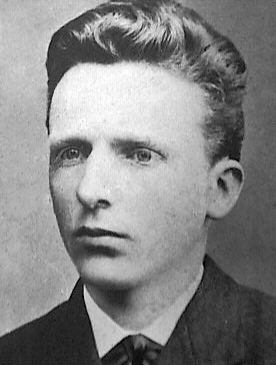 | ||
Full Name Theodorus van Gogh Parents Anna Carbentus van Gogh, Theodorus van Gogh Similar People Vincent van Gogh, Johanna van Gogh‑Bonger, Anna Carbentus van Gogh, Wil van Gogh, Vincent Willem van Gogh | ||
Cause of death Dementia paralytica | ||
Theodorus "Theo" van Gogh ( [teːjoːˈdoːrɵs ˈteːjoː vɑŋ ˈɣɔx]; 1 May 1857 – 25 January 1891) was a Dutch art dealer. He was the younger brother of Vincent van Gogh, and Theo's unfailing financial and emotional support allowed his brother to devote himself entirely to painting. Theo died at the age of 33, six months after his brother died at the age of 37.
Contents
- Biography
- Business
- Private life
- Relationship with Vincent
- Dealer and artist
- Correspondence
- Death
- References
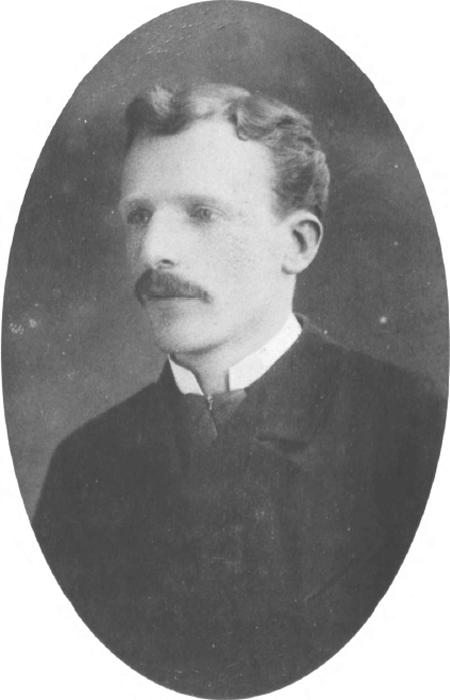
Theo is widely known for his influence on his brother; however, this often overshadows the significant impact that Theo made on the art world as a renowned art dealer: Theo played a crucial role in the introduction of contemporary Dutch and French art to the public.
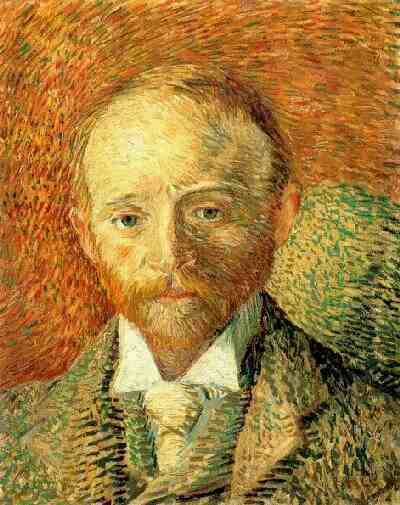
Biography
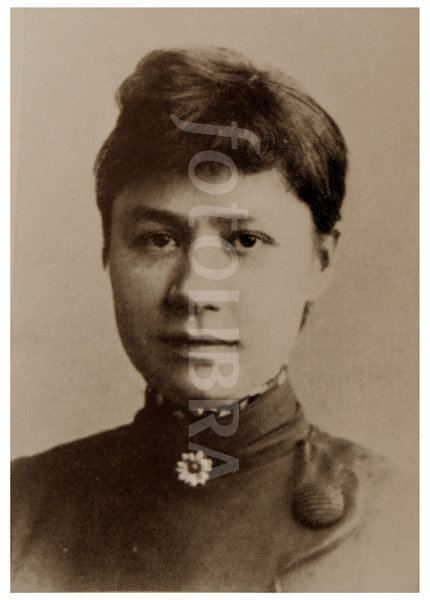
Theodorus "Theo" van Gogh was born on 1 May 1857 in the village Groot-Zundert in the province of North Brabant, Netherlands. He was the son of Theodorus van Gogh and Anna Cornelia Carbentus. His elder brother was Vincent van Gogh (1853–1890), who later became a famous painter.
Business
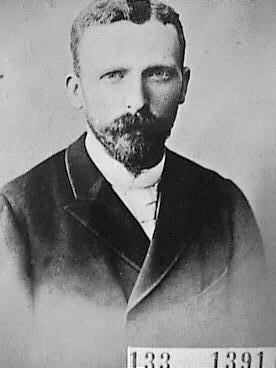
Theo worked for some years at the Dutch office of the Parisian art dealers Goupil & Cie in The Hague. Theo joined the Brussels office on 1 January 1873 as their youngest employee. After Theo was transferred to the London office, he moved to the office in The Hague, where he developed into a successful art dealer. By 1884, he was transferred to the Paris main office. Starting in the winter of 1880–1881, he sent painting materials as well as monthly financial support to his brother and painter Vincent van Gogh, who was living back in the Netherlands.
Private life
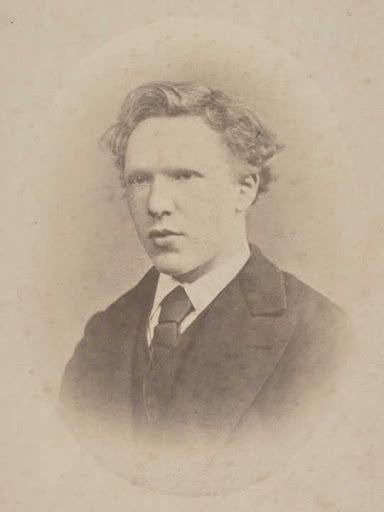
In Paris, Theo met Andries Bonger and his sister Johanna. He married Johanna in Amsterdam on 17 April 1889 and they moved to Paris. Their son Vincent Willem was born in Paris on 31 January 1890. On 8 June, the family visited Vincent, who was living near Paris in Auvers-sur-Oise. Vincent died in July 1890 at age 37. Theo suffered from dementia paralytica, an infection of the brain, and his health declined rapidly after Vincent's death. Weak and unable to come to terms with Vincent's absence, he died six months later (25 January 1891) at age 33 in Den Dolder.
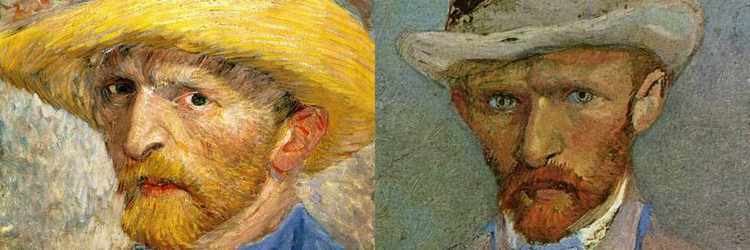
Theo's great-grandson, also named Theo van Gogh, was a famous and controversial film director, who was murdered on the streets of Amsterdam in 2004 by an Islamic extremist after making a short film critical of Islam.
Relationship with Vincent
Theo admired his elder brother Vincent for his whole life. But communicating with him proved to be difficult, even before Vincent opted to follow his artistic vocation. The communication between both brothers suffered from diverging definitions of standards, and it was evidently Theo who kept on writing letters. Therefore, mostly Vincent's answers survived and few of Theo's. Theo was often concerned about Vincent's mental condition and he was amongst the few who understood his brother. It is known that Theo helped Vincent to maintain his artist lifestyle by giving him money. He also helped Vincent pursue his life as an artist through his unwavering emotional support and love. The majority of Theo’s letters and communications with Vincent are filled with praise and encouragement. Vincent would send Theo sketches and ideas for paintings, along with accounts of his day to day experiences, to the delight and eager attention of Theo.
Dealer and artist
While it is true that Theo is best known for being the brother of Vincent van Gogh and that one of the major roles of Theo van Gogh’s life was his influence on Vincent’s career, Theo himself made many important contributions within his lifetime. Theo’s work as an art dealer and the important effect he had on the art world are often overshadowed because of his relation to Vincent, but Theo played a vital role in the introduction of contemporary Dutch and French art to the public. Theo was instrumental in the popularity of Impressionist artists such as Claude Monet and Edgar Degas by persuading his employers, Goupil & Cie, to exhibit and buy their works.
In 1886, Theo invited Vincent to come and live with him in Paris, and from March they shared an apartment in Montmartre. Theo introduced Vincent to Paul Gauguin, Paul Cézanne, Henri de Toulouse-Lautrec, Henri Rousseau, Camille Pissarro and Georges Seurat, and in 1888 he persuaded Gauguin to join Vincent, who had moved to Arles in the meantime.
Correspondence
The two brothers maintained an intensive correspondence, with Theo often encouraging his depressed brother. Theo was one of the few people who Vincent could talk to and confide in. These letters are one of the main and only sources of information about Vincent's life, providing many detailed accounts of not only the occurrences, but also the thoughts and feelings in Vincent's life. Over three-quarters of the more than 800 letters Vincent wrote during his life were to Theo, including his first and his last letters. It is largely thanks to Theo and his wife that these letters are available today. Hardly any of Theo's letters remain because Vincent failed to keep them. The letters have been collected and published in book form as The Letters of Vincent van Gogh.
The relationship between the two brothers was the subject of the movie Vincent & Theo (1990), directed by Robert Altman. It also formed an important part of the 1956 film Lust for Life, which was directed by Vincente Minnelli. Theo was played by the British actor James Donald and Vincent by the Hollywood star Kirk Douglas.
Death
Theo's health deteriorated in the months after the death of his brother. He was admitted to the Willem Arntz Hospital, a psychiatric hospital, in Den Dolder on 18 November 1890. He had been diagnosed in Paris as suffering from a progressive and general paralysis. Initial examination confirmed this diagnosis. By 1 December his medical notes confirmed he presented all the symptoms of dementia paralytica, a disease of the brain. He died on 25 January 1891. The cause of death was listed as dementia paralytica caused by "heredity, chronic disease, overwork, sadness". In 1914, Theo's body was exhumed and reburied with his brother at Auvers-sur-Oise.
